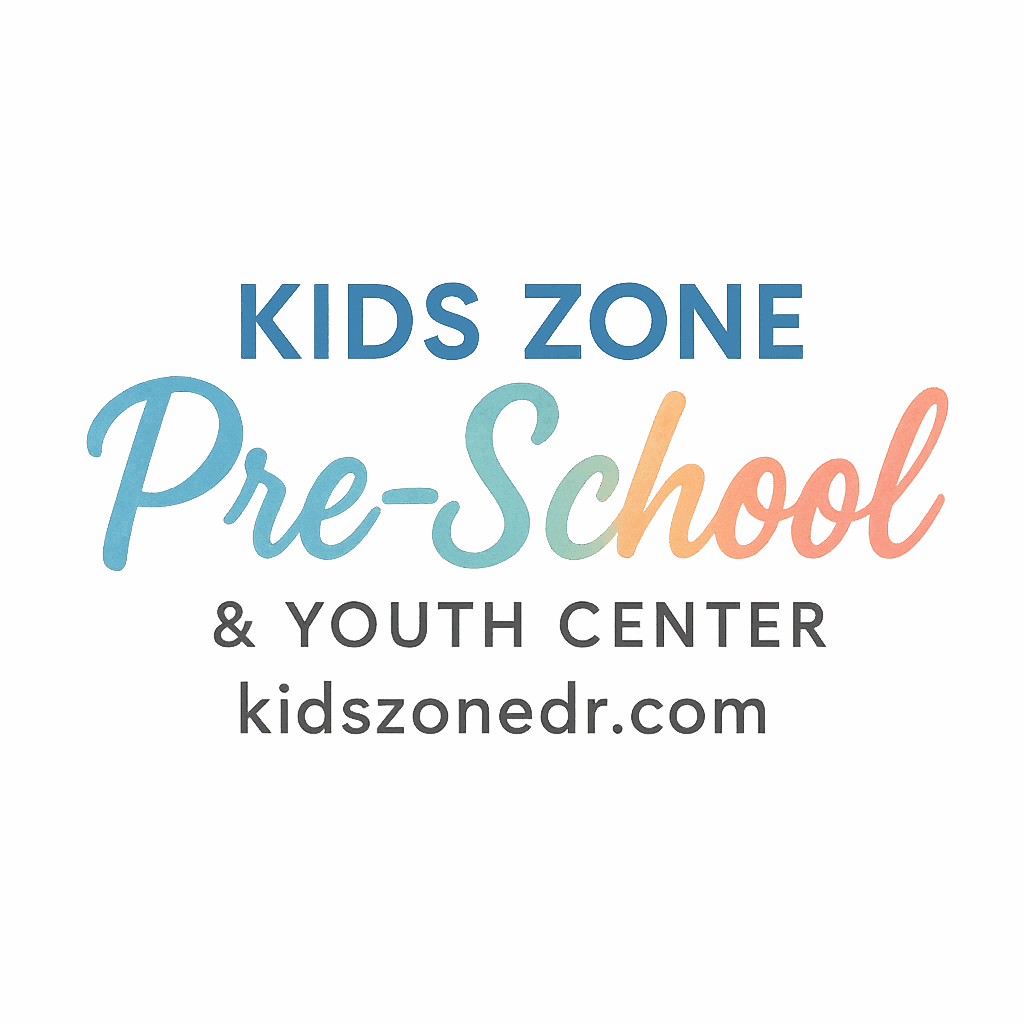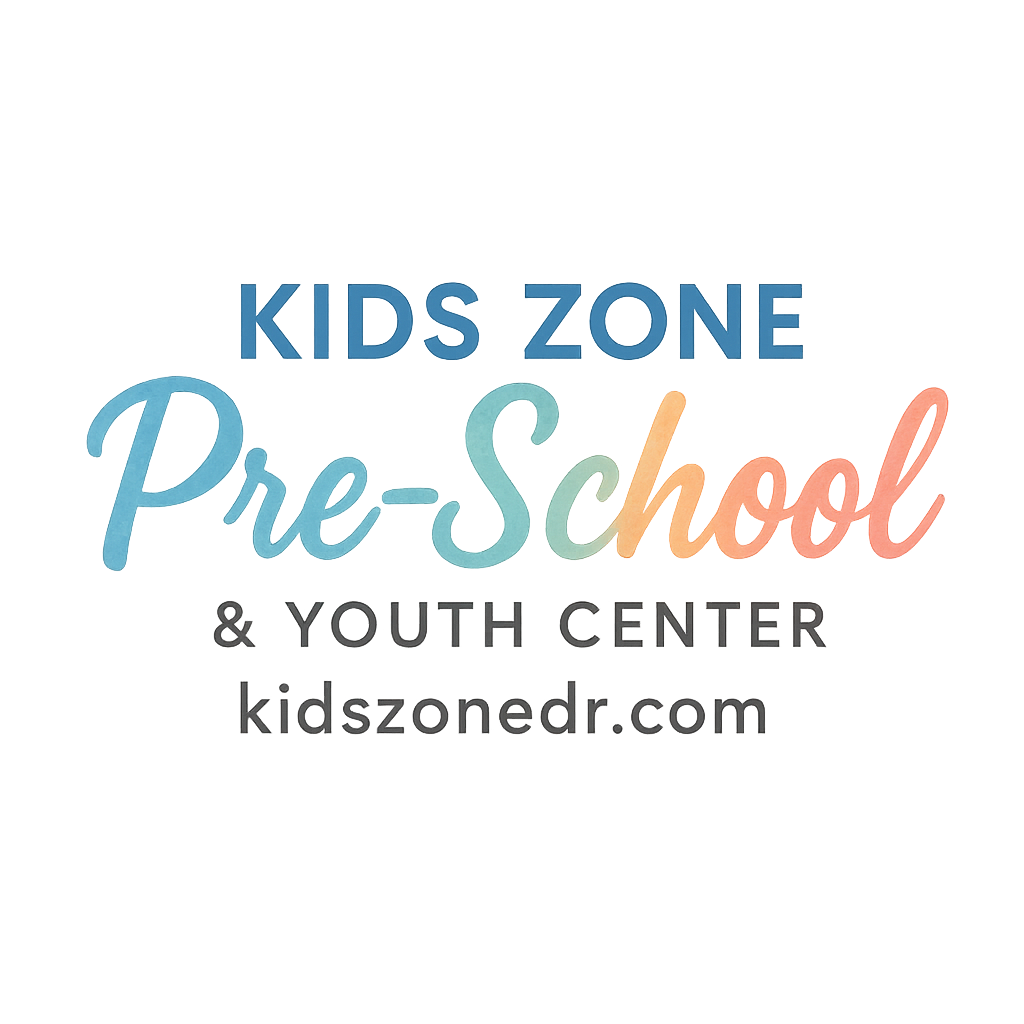Emergencies are unpredictable, but preparation doesn’t have to be. Preschool-aged children are still learning how to navigate the world around them, and that includes knowing how to respond when things go sideways. Whether it’s a fire, an earthquake, or a surprise lockdown, schools need systems in place that help kids and staff respond quickly, calmly, and safely.
In this article, we’ll break down 6 emergency drill practices every preschool should implement, along with why they’re so important and how to make them age-appropriate and engaging. This isn’t just about ticking off checkboxes—it’s about building a safe, structured preschool environment that supports growth, confidence, and child development.
Why Emergency Drills Matter in Preschools
Let’s be honest—preschoolers can barely sit still, let alone grasp complex safety procedures. But don’t underestimate their ability to learn through routine and repetition. Regular drills build muscle memory, reduce fear, and help kids know what to do when the unexpected happens.
Safety drills are also a key part of building trust with parents. When they know their children are in a preschool that prioritizes health, safety, and emotional wellness, they breathe easier. Schools like KidsZoneDr emphasize the importance of these protocols, tying them into daily routines and structured preschool learning.
1. Fire Drill Practice
Teaching Fire Safety Basics
Fire drills are one of the most common safety routines in any school. But with preschoolers, it’s not just about rushing outside. It’s about building understanding through storytelling and calm repetition.
Using Stories and Play for Learning
Kids love pretend play. Use puppets, books, and songs to teach them about “Stop, Drop, and Roll” and what a fire alarm sounds like. Reinforce the idea that fire drills aren’t scary—they’re just practice to keep us safe.
Monthly Fire Drill Routines
Aim to run drills monthly. Keep the routine consistent: line up, walk calmly, don’t grab toys. Assign roles to teachers to ensure every child is accounted for. For more structured daily habits, check out Daily Routines & Activities.
2. Earthquake Drill Preparation
Drop, Cover, and Hold On Techniques
If you live in an earthquake-prone area, this is non-negotiable. Kids need to practice how to protect themselves under tables or against walls.
Visuals and Hands-On Demonstrations
Use posters or videos showing kids doing the “Drop, Cover, and Hold On” steps. Then practice it! Make it part of a weekly learning unit, connecting it with milestones in preschool learning and development.
Reinforcing Earthquake Safety Through Routine
Just like with fire drills, repetition helps normalize the process. Keep things low-stress and praise participation.
3. Lockdown and Intruder Response Drills
Keeping Children Calm During Simulations
This one’s tough but necessary. Focus on calm communication rather than fear. Emphasize listening, staying quiet, and moving to safe spaces.
Silent Movement and Safe Hiding Spots
Teach kids about designated hiding spots. Make it a “quiet game” where the goal is to stay super still and silent, like ninjas.
Team Role Assignments and Safety Words
Teachers should use pre-agreed code words and assign roles (like who locks the doors or texts parents). Check Parental Guidance & Involvement for how to keep caregivers in the loop.
4. Evacuation Drill for Natural Disasters (Floods, Storms, etc.)
Planning Multiple Exit Routes
Nature doesn’t follow schedules. Floods, tornadoes, or storms may require different evacuation strategies. Map out multiple exit routes for different scenarios.
Essential Supplies and Go-Bags
Every classroom should have an emergency kit: snacks, water, flashlights, first-aid items, and extra clothes. Make sure it’s kid-friendly.
Using Weather Scenarios in Role Play
Introduce weather-related drills through songs, games, and pretend scenarios. Tie this into classroom discussions on growth, structure, and even healthy eating to make lessons more engaging.

5. Medical Emergency Response Drill
Handling Allergies, Seizures, and Injuries
Preschool staff should be trained in how to handle medical emergencies—especially allergic reactions, asthma attacks, or seizures.
First Aid Kits and Response Roles
Each room needs a well-stocked first aid kit and staff should be assigned roles like calling emergency services, administering EpiPens, or logging incidents.
When to Call 911: Teaching Teachers and Staff
Staff should rehearse response protocols regularly, knowing when and how to call 911. This builds confidence in high-pressure situations.
6. Reunification Drill with Parents
Practicing Parent Pick-Up Protocols
After any major incident, the goal is to safely reunite children with their parents. Practice this process just like any other drill.
Child ID Tags and Contact Systems
Use ID bracelets, sign-out forms, and apps that notify parents. Keep records updated and practice how kids will be released.
Simulating Realistic Reunification Scenarios
Include these drills a few times a year, involving real caregivers. This is a key area where parenting meets school safety.
Integrating Emergency Drills Into Daily Preschool Routines
Making Drills Feel Natural and Non-Traumatic
Emergency preparedness shouldn’t be scary. Incorporate safety lessons into your daily preschool routines and games. Use positive reinforcement and consistency to build comfort over time.
Training Staff for Emergency Drill Success
Ongoing Professional Development
Staff need more than one-off training. Offer ongoing workshops and refreshers. Bring in guest experts for hands-on learning.
Clear Roles and Communication
Everyone—from the janitor to the lead teacher—should know their role. Set up a communication tree or group chat to quickly relay information.
Partnering with Parents for Emergency Readiness
Communicating Safety Plans and Updates
Send home newsletters, emails, or even text alerts about your safety plans. Encourage families to talk with their kids at home too.
Encouraging Parental Involvement
Invite parents to observe drills or volunteer during safety weeks. Check out volunteering tips that enhance home-school connections.
Conclusion
Preschoolers might be small, but their safety needs are huge. Implementing these 6 emergency drill practices isn’t just good policy—it’s essential for nurturing confident, safe, and emotionally supported young learners. The more you practice, the more natural it becomes—for everyone involved.
At KidsZoneDr, we believe structure, repetition, and engagement are the pillars of a thriving early education experience. So don’t wait for a real emergency to start preparing—start practicing today.
FAQs
1. How often should emergency drills be done in a preschool?
Most experts recommend doing basic drills like fire and earthquake drills once a month. Other drills (lockdown, medical, reunification) can be done quarterly.
2. How do I explain emergency drills to my child without scaring them?
Use simple language and focus on practice, not fear. “We do this to keep safe” works better than “something bad might happen.”
3. What should go into a preschool emergency bag?
Water, snacks, diapers, first-aid kit, emergency contacts, flashlight, wipes, and comfort items like a soft toy or blanket.
4. Should parents be notified of every drill?
Not always. For major drills like lockdown or reunification, yes. For fire drills, a monthly note or newsletter update is often enough.
5. Can emergency drills cause anxiety in kids?
If done improperly, yes. But with the right tone, repetition, and calm demeanor, most kids learn to see drills as just another part of school.
6. What if a child refuses to participate in a drill?
Don’t force them. Instead, work one-on-one with a teacher or counselor to help them feel safe and empowered.
7. How do I get more involved in my child’s school emergency planning?
Ask your preschool about volunteer opportunities, join parent-teacher meetings, and visit resources like Parental Guidance & Involvement for more info.


